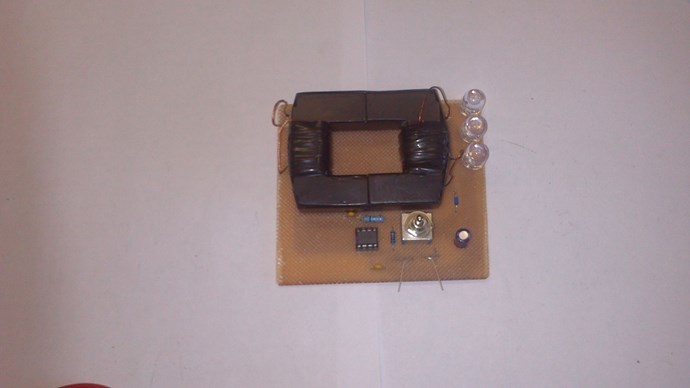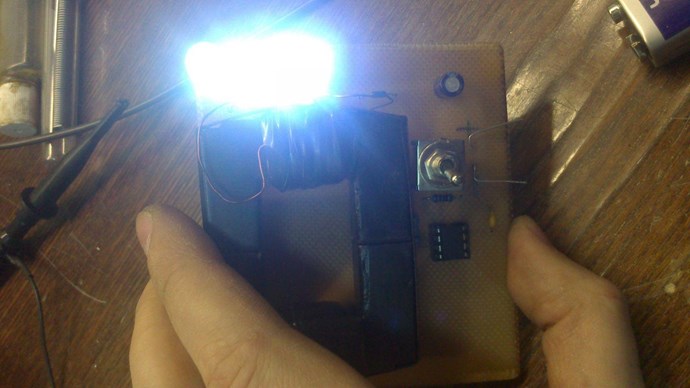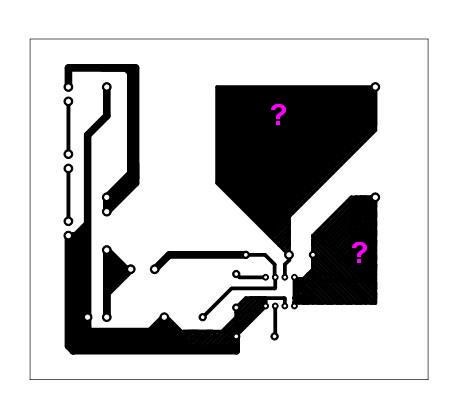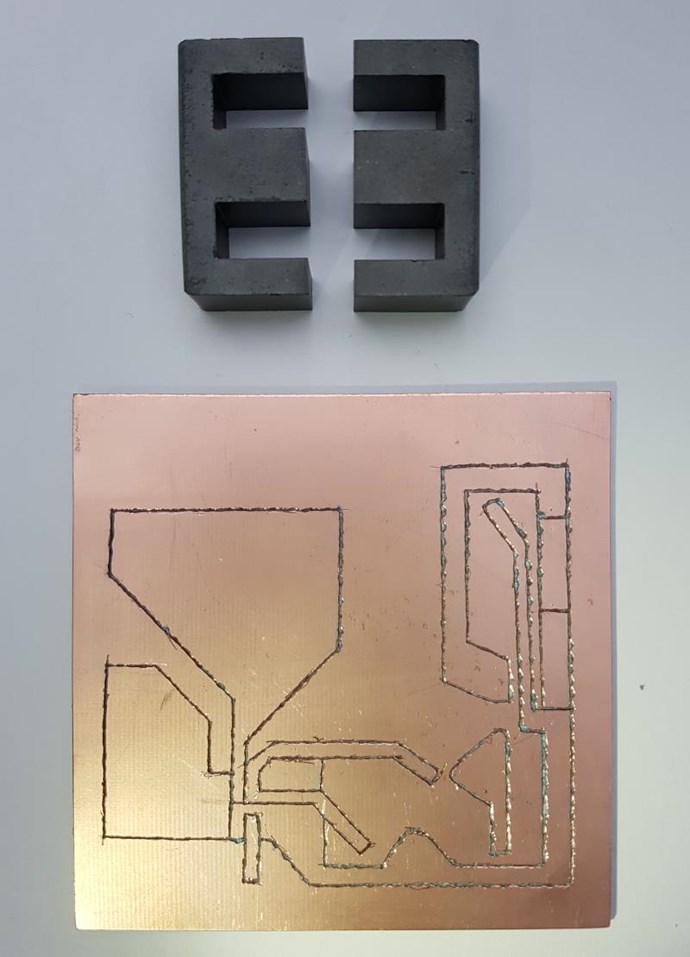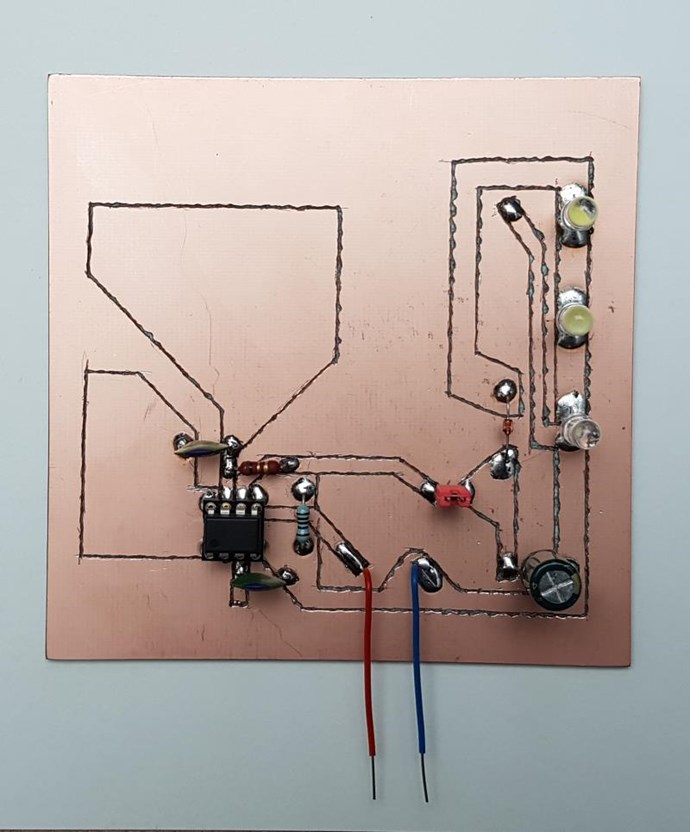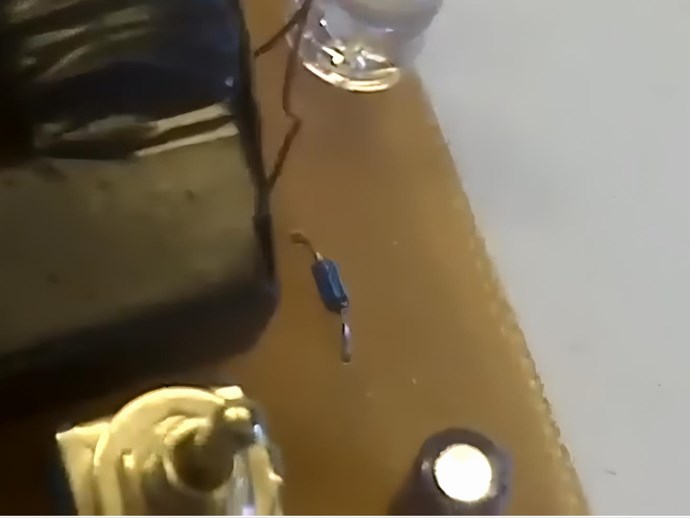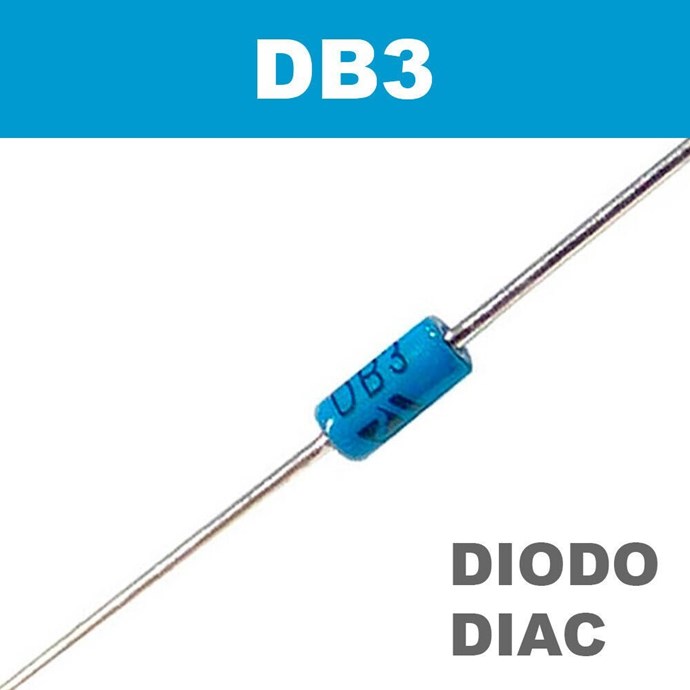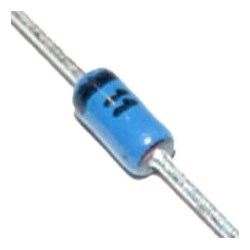Chris
posted this
30 September 2019
- Last edited 01 October 2019
My Friends,
Tariel Kapanadze gave us a gift:
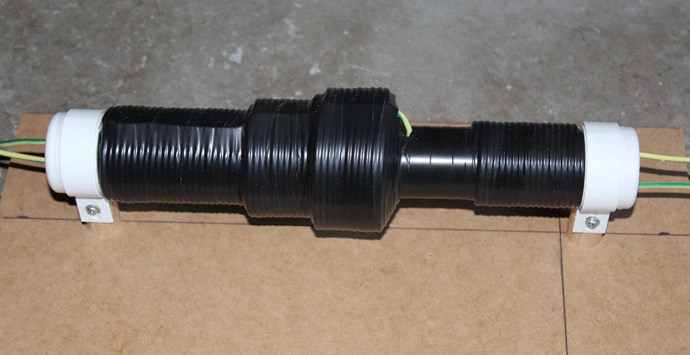
As did Don Smith:
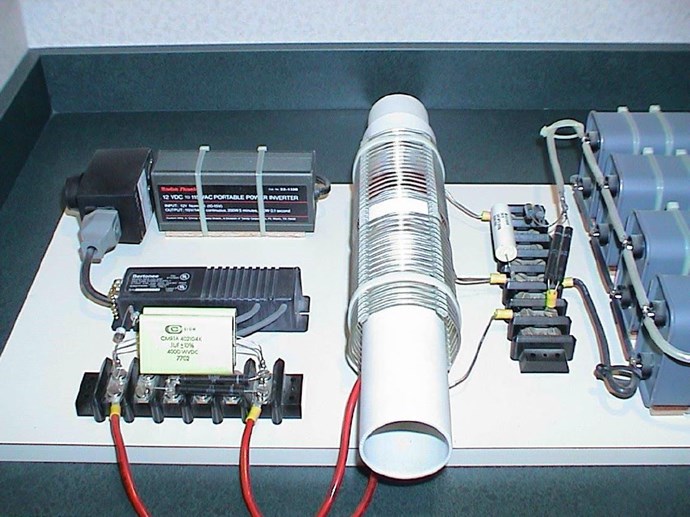
Many others also, we have only covered a few.
What's the most basic thing we see?
We see Turn for Turn, a Magnetic Cancelation Factor:
If the directions of the two signals are such that opposite H-fields cancel and E-fields add, an apparently steady E-field will be created. The energy density of the fields remain as calculated above, but the value of the E-field will double from E / 2 to E.
Ref: Floyd Sparky Sweet
Which means this:
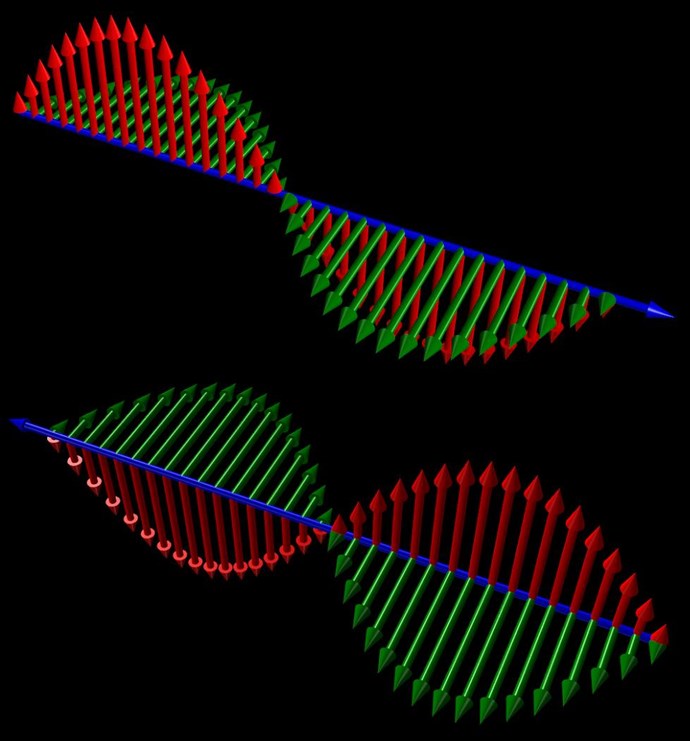
NOTE: The Blue arrows indicate the Direction of Travel. Red is Magnetic Field, Green is Current, where the E Field is normally depicted as Voltage, I have shown it as Current.
Note the Amplitude of the Green, or Current.
Now combining the two Waves, traveling in opposite Direction:
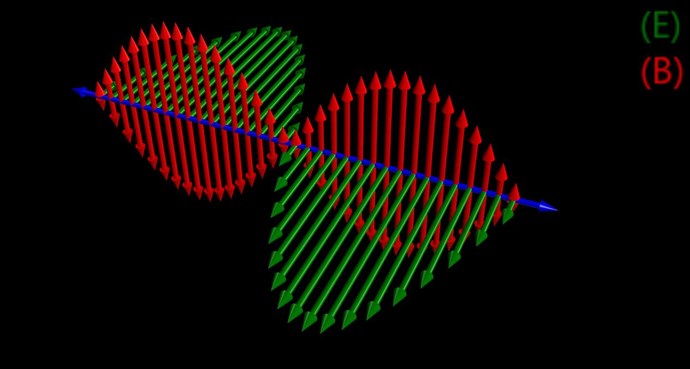
We see a: Standing Wave.
Of course, as you stated, Andrey Melnichenko also used the same concepts: pointed out here.
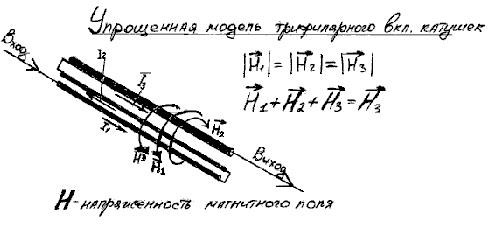
We have a treasure trove of Data:
The principle of superposition states that;
"In order to calculate the resultant intensity of superimposed fields, each field must be dealt with individually as though the other were not present".
The resultant is obtained by vector addition of each field considered singularly.
Consider for a moment the construction of the triode which includes the bifilar coils located within the fields of the two conditioned magnets.
When the current in one half of the conductors in the coils (i.e., one of the bifilar elements in each coil) of the device is moving up, both the current and the magnetic field follow the right-hand rule.
The resultant motional E-field would be vertical to both and inwardly directed.
At the same time the current in the other half of the conductors in the coils is moving down and both the current and magnetic field follow the right-hand rule.
The resulting motional E-field is again vertical to both and inwardly directed.
Thus, the resultant field intensity is double the intensity attributable to either one of the set of coil conductors taken singularly. Expressed mathematically;
E = ( B x V ) + ( -B x -V ) = 2( B x V )
where:
E = Electric Field Intensity
B = Magnetic Field Intensity
V = Electron Drift Velocity
The first term ( B x V ) in the equation represents the flow of the magnetic field when the electrons are moving in one direction, while the second term ( -B x -V ) defines the flow of the magnetic field when the electrons are moving in the other direction.
These measurements indicate that field intensity is directly proportional to the square of the current required by the load placed on the device.
This is due to its proportional relationship with the virtual value of the magnetic field which theory states is proportional to the current. Electrometer readings were always close to parabolic, thus indicating that the source was of infinite capacity.
Ref: Floyd Sparky Sweet - Nothing is Something.
Floyd Sweet talks about Canceling H and c, it was very obvious, that this was the primary goal of Floyd Sweet!
to cancel out H and c...
- H = Magnetic Field
- c = Speed of Light.
So, yes, you're right GR! Well done!
Chris
P.S: Other Forums copy our work, finding obscure names to try to hide the very same technology, they try, but they still copy our work, it is so obvious its not funny. We are Light Years ahead of the other forums!
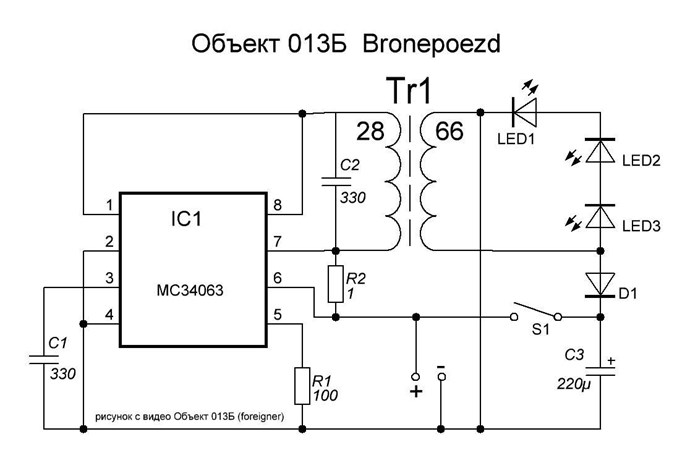
.jpg?width=690&upscale=false)
